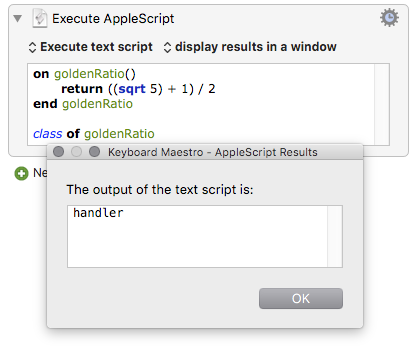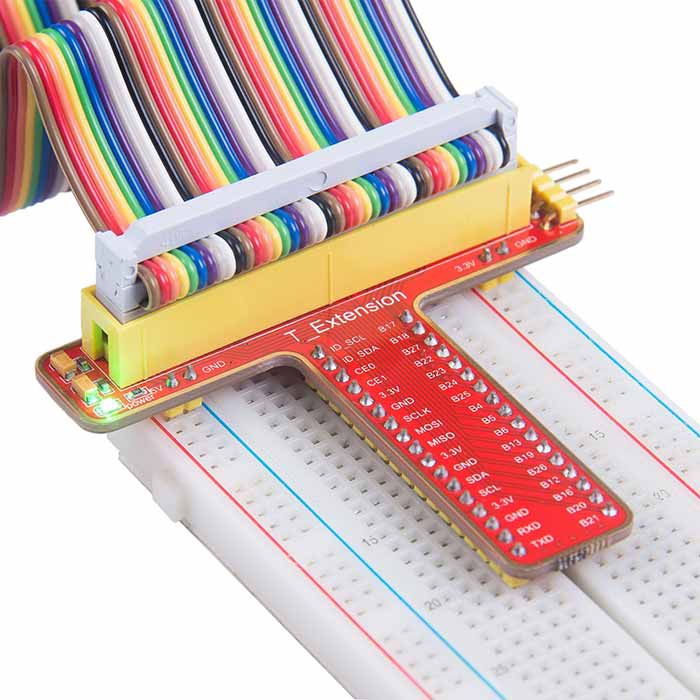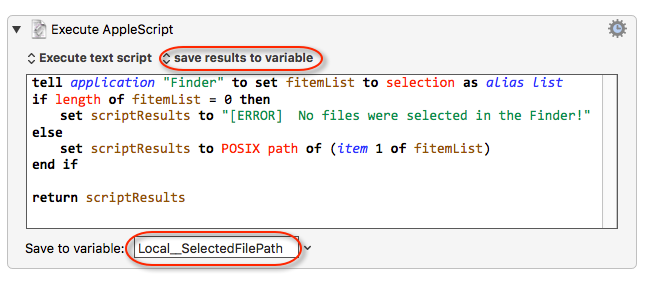

Edit with M-d (delete word forward), M-backspace (delete word backward), C-k (kill-line) erase to end of line, and especially cut (mark, C-space, move cursor, and then kill-region C-w) and paste ( C-y yank, and M-y pop kill ring and yank). Within your macro use positioning commands like C-a (beginning of line), C-e (end of line), M-f (forward word), M-b (backward word), and especially incremental search ( C-s). Take care to make your macro independent of the length of the manipulated text, the number of words being manipulated, and independent of indentation.C-g will abort the macro collection and C-f C-b will fail if you happen to be positioned at the end of the buffer. Use RET to exit incremental searches done within the macro.preceding C-f command with escape and the number of repetitions) can be used to go to specific columns, or incremental search can be used, in conjunction with narrowing if necessary. When writing macros to be applied to successive lines, begin your macro by moving to the beginning or end of the line ( C-a or C-e) rather than counting on being at any specific position within the line when the macro is invoked.Use undo ( C-/) to backtrack if you make mistaken edits.
#Keyboard maestro wiki how to#
Don’t bother trying to figure out how to produce the desired result using the fewest keystrokes.Here are a few tricks to get the most out of Emacs macros: Alternatively, with emacs22, hit the F4 key multiple time. For example, C-x e e e executes the macro three times. Macro execution can be repeated by hitting the e key the appropriate number of times. Hit call-last-kbd-macro C-x e multiple time to execute the macro on each search target.Hit end-kbd-macro C-x ) - (that is control-x followed by a closing parenthesis.) Alternatively, with emacs22, hit the F4 key.Again, exit incremental search mode with ‘RET’. Repeat your original incremental search to position the cursor within the next block of text to be edited.In this case you may also wish to undo ( C-/) the changes just made, or just finish them and try again with the next block of text to be edited. Be careful not to ring the bell, by accident or with C-g, as this will cancel the collection of macro keystrokes and you will have to start over. Apply the edits using whatever keystrokes or commands you like.Hit start-kbd-macro C-x ( - (that is control-x followed by an opening parenthesis.) Alternatively, starting with emacs22, hit the F3 key.Use incremental search ( C-s) to position the cursor within the block of text to be edited.call-last-kbd-macro default binding: ‘ C-x e’ - Executes the last keyboard macro defined.end-kbd-macro default binding: ‘ C-x )’ - Ends recording of a keyboard macro.


I changed all the bold asterisks into into. I used keyboard macros to manipulate this page.

c file, and recorded a keystroke macro that converts “MY_CONSTANT” into “case MYCONSTANT: break”. I copied the list of enumerated constants from the header file to my. I once needed to write a C switch() statement for an enumerated type. Instead of spending time to discover how the debugging output was generated, I used Emacs macro to search and remove the noise from the output. I was once debugging somebody else’s code, and their debugging output was generating lots of noise that did not pertain to the bug.
#Keyboard maestro wiki code#
I once used Emacs macro to translate Ruby code to Scheme code, by adding parenthesis at the right places. When I need to make the same kind of change to a number of similar entities, I use a keyboard macro.įor instance, I once used an Emacs keyboard macro to reduce the content of a HTML table down to gnuplot’s input format (to plot the data).


 0 kommentar(er)
0 kommentar(er)
